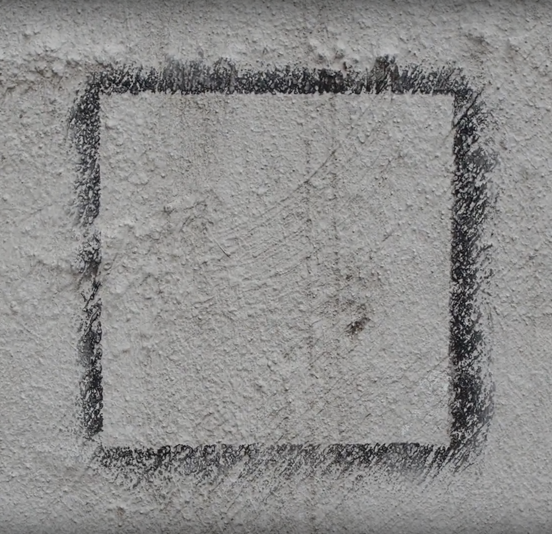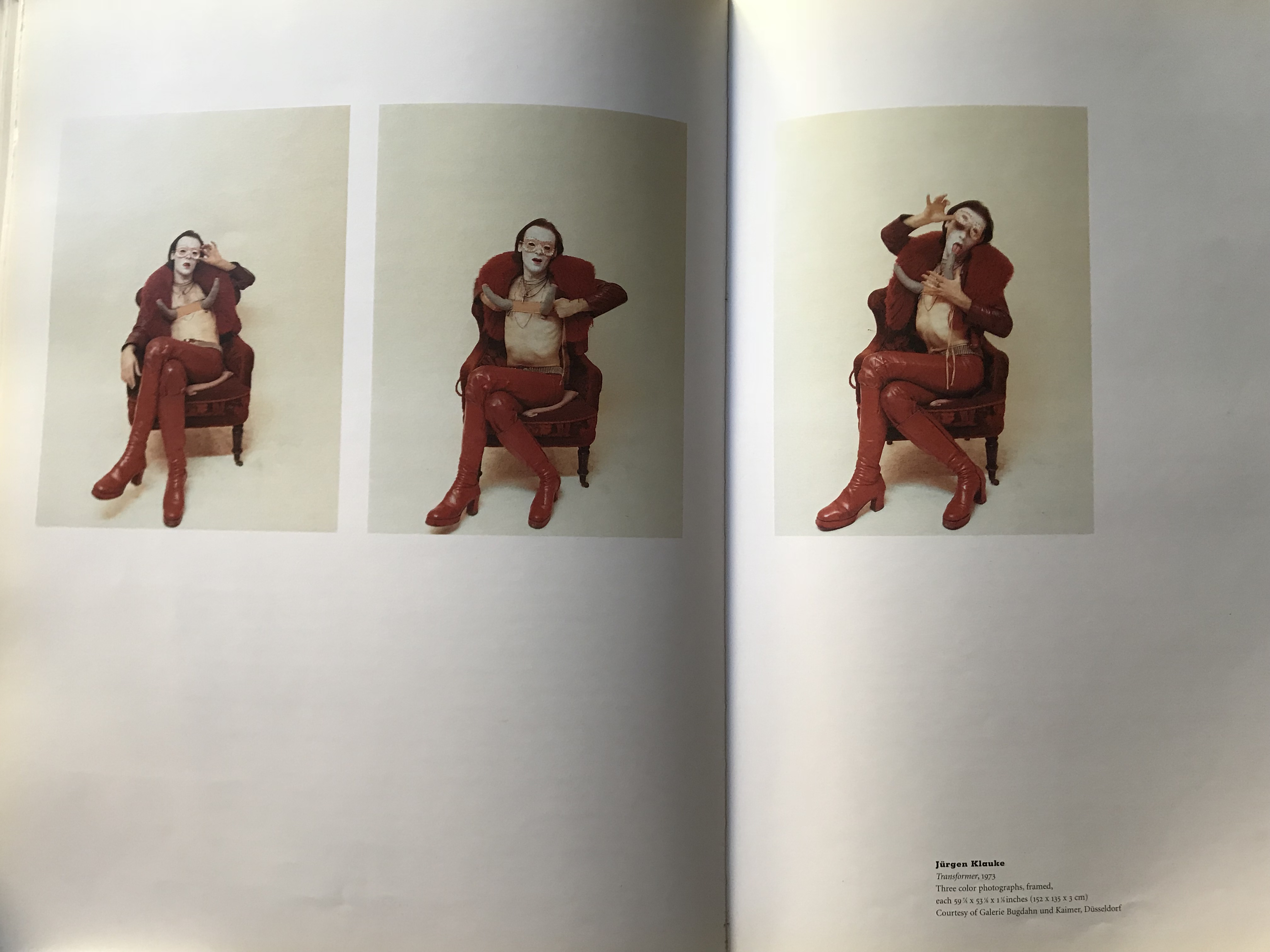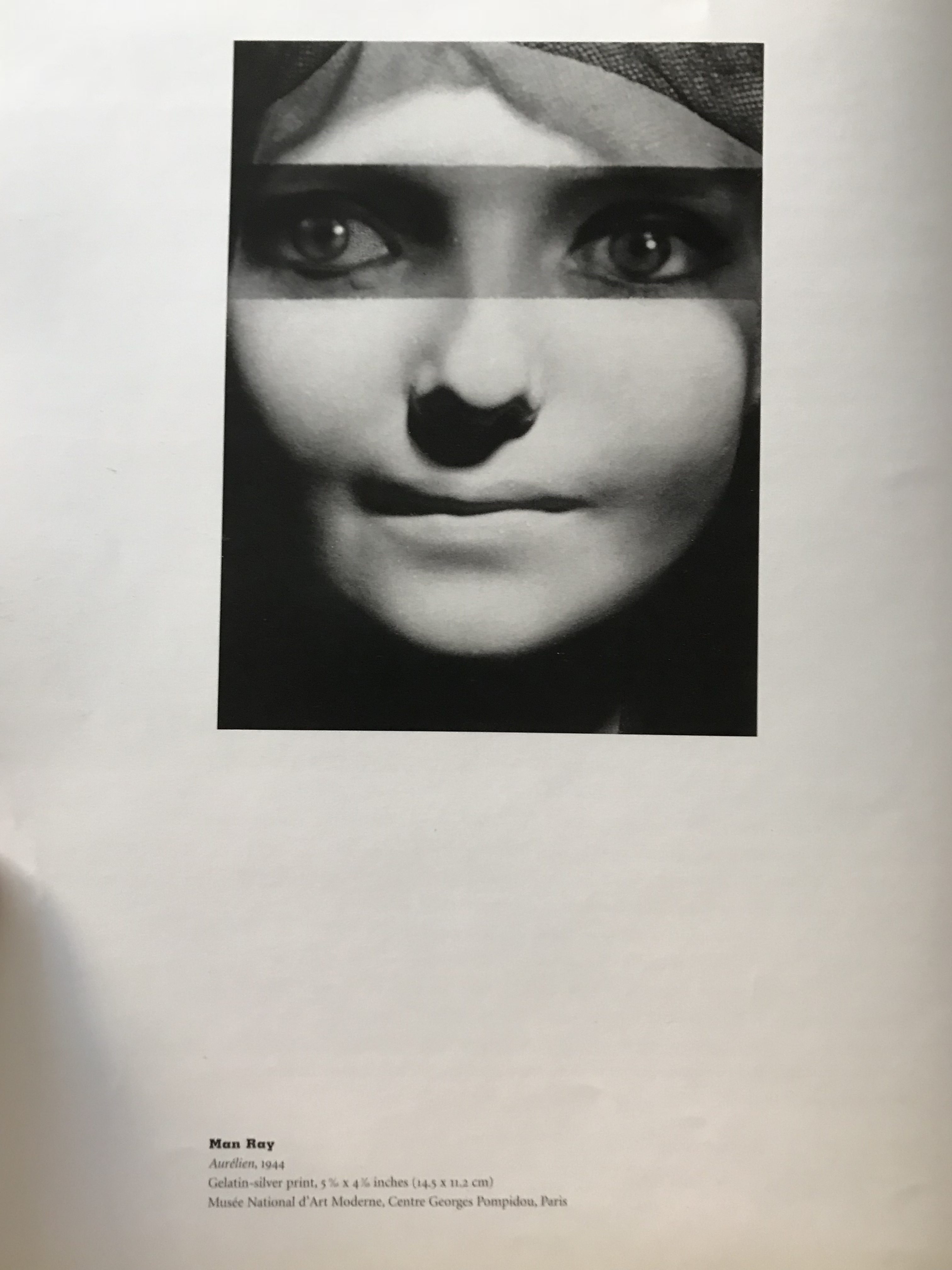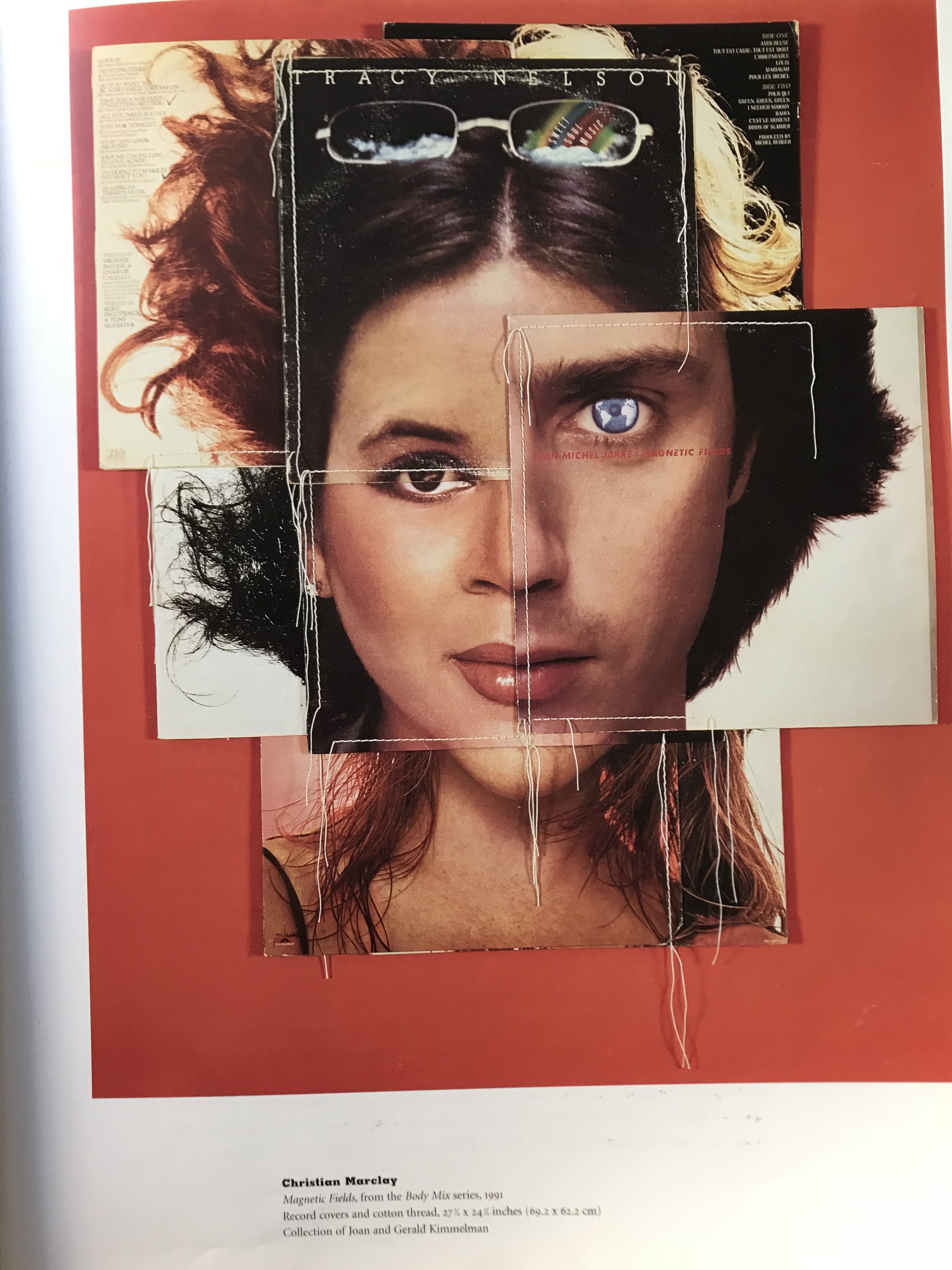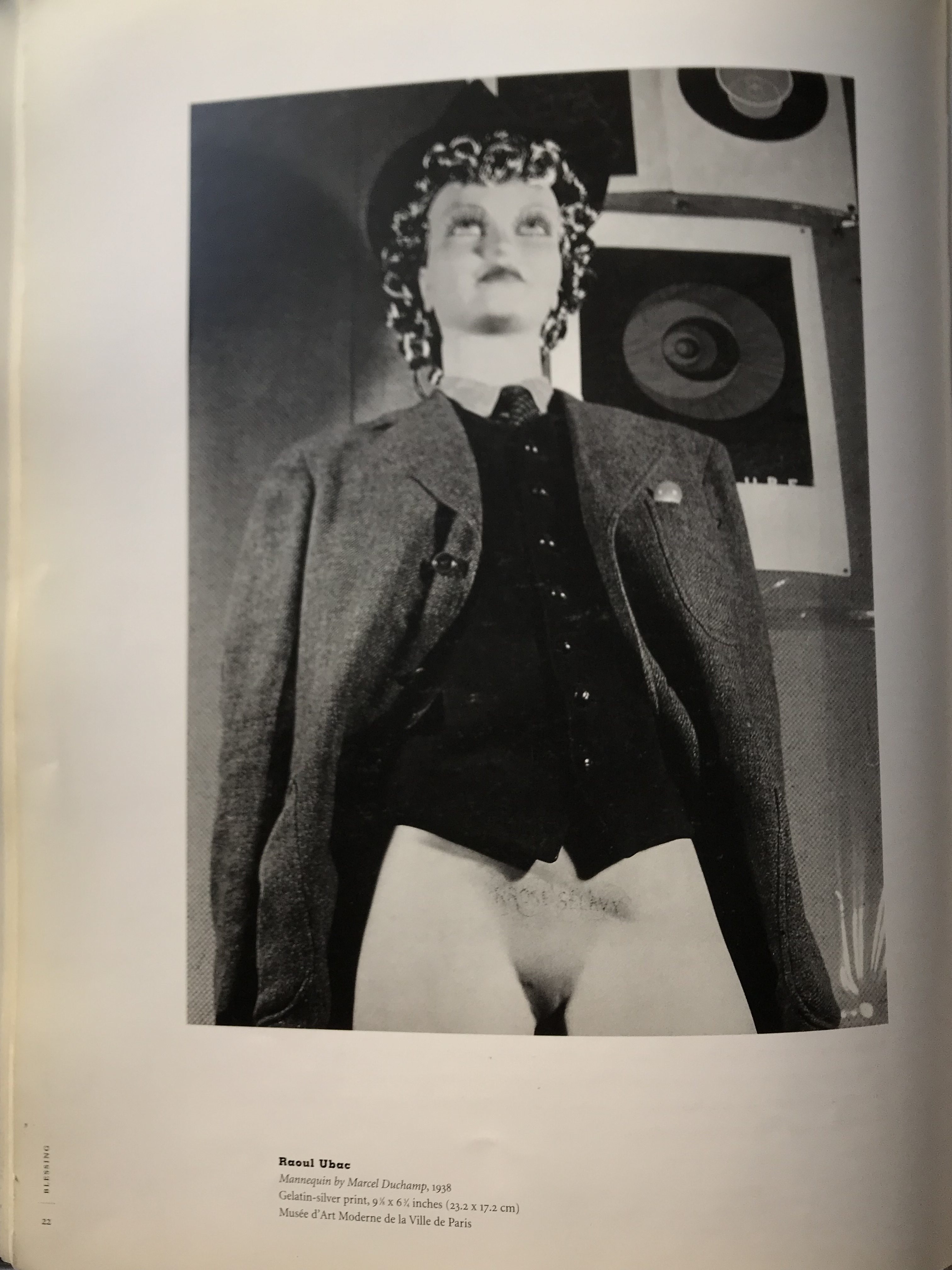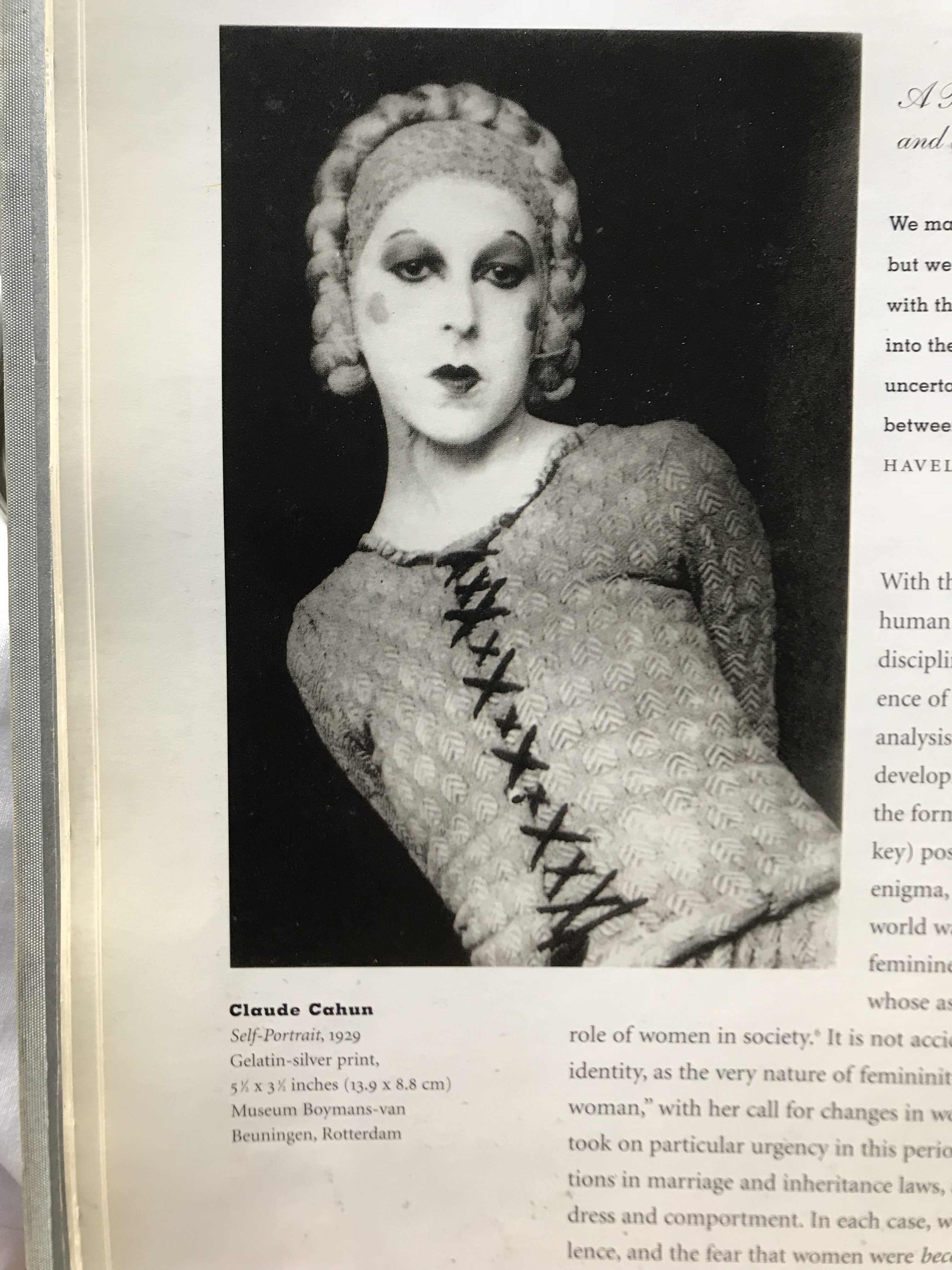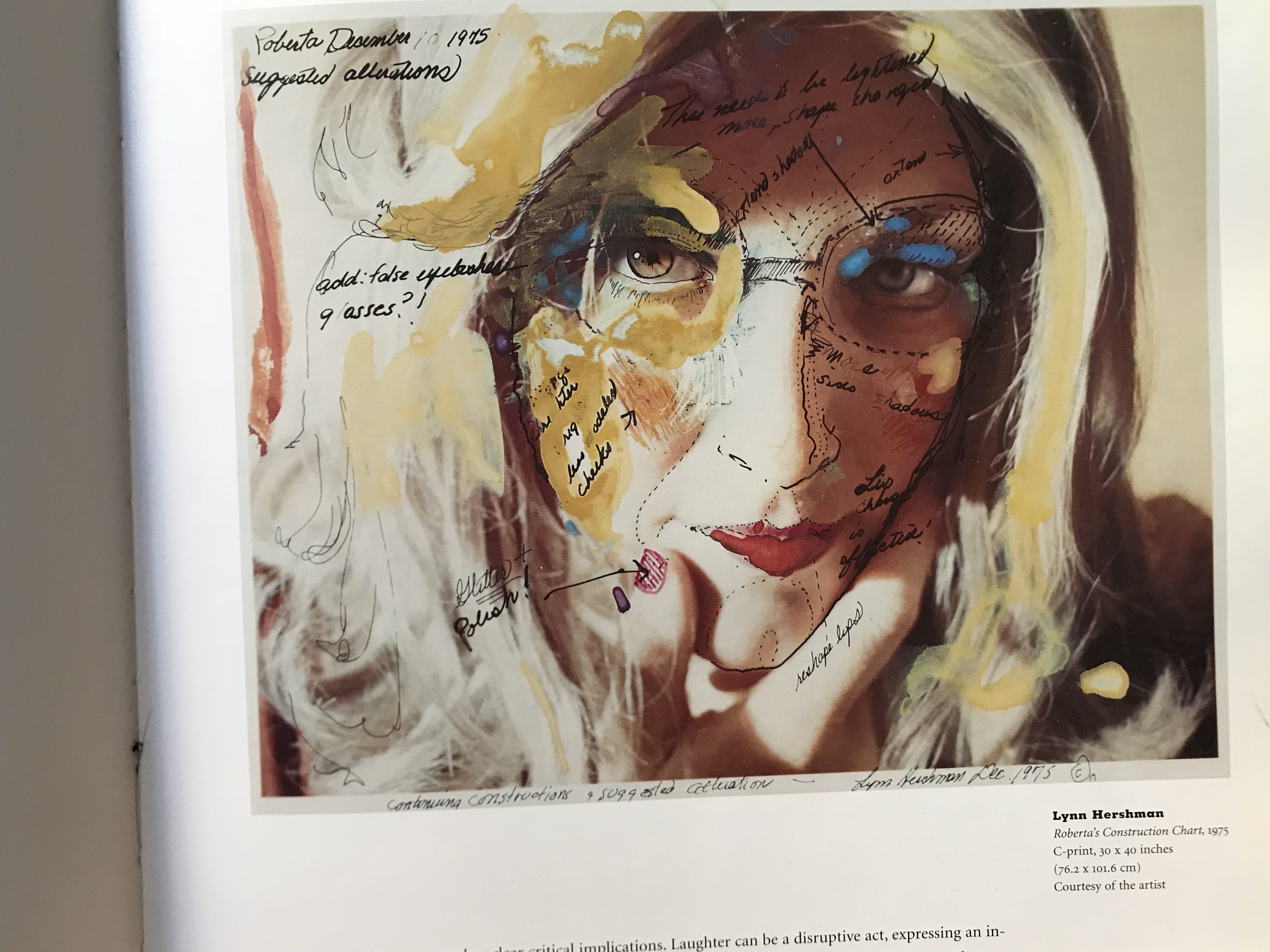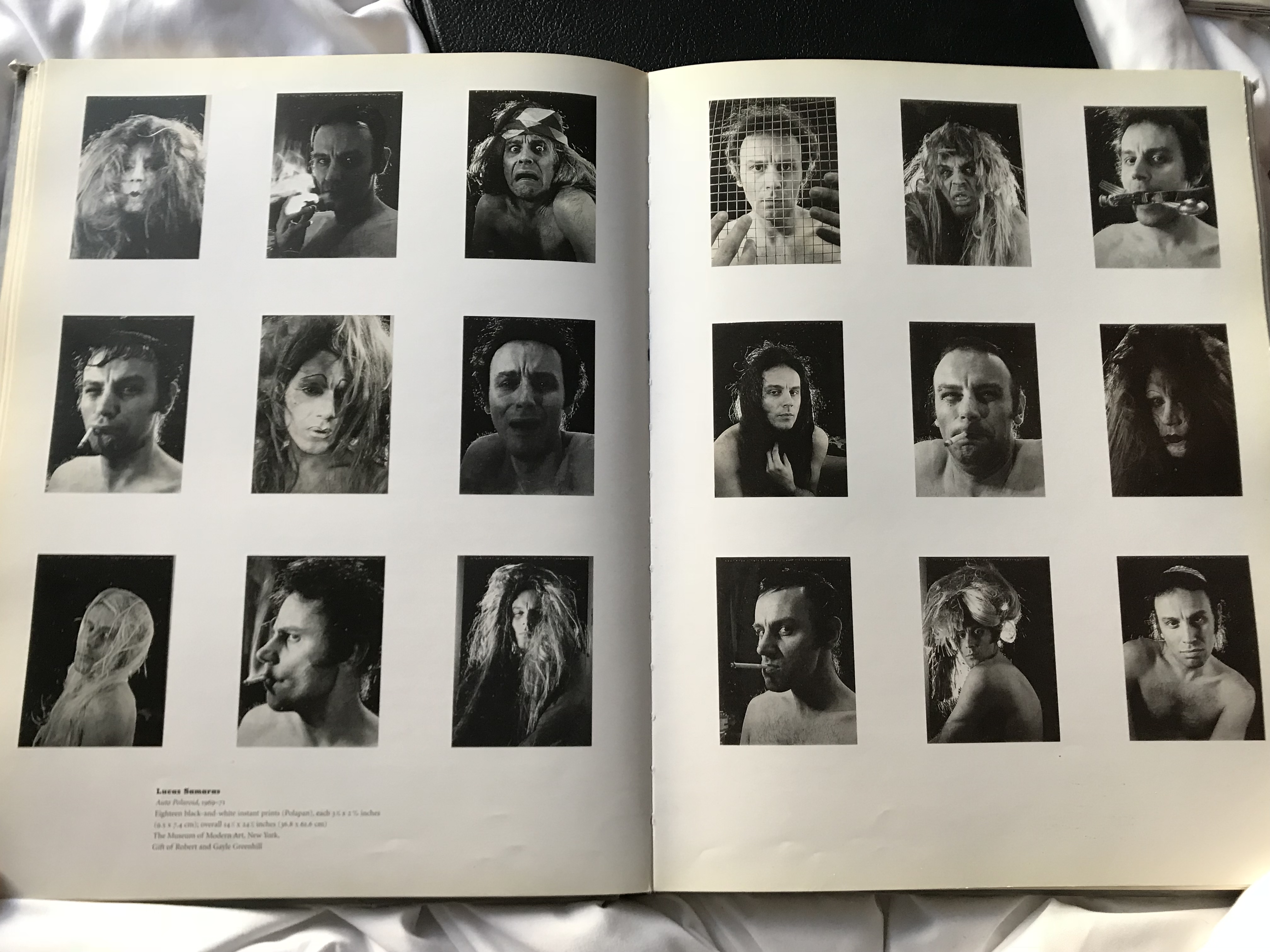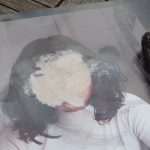1.
I am a multi-practice artist who likes to explore new mediums. This last year I have pushed myself away from my usual practice of illustration and painting to investigate gender through topics such as hair. I have also dabbled in video, sculptural work, and photography to further push my inquiry into gender and gender expression. I want to continue working with video and sculpture as they have been my most challenging but effective pieces.
Conceptually, I have focused on gender expression because I have come to an realization that I have no binary gender. I want to continue pursuing this line of inquiry to further understand gender expression in connection to how others treat and perceive us. McLuhan has made me more critical of the materials I use and their efficacy in delivering my message.
When creating a new piece I focus on the conceptual aspect first. It is when I am confident in the message I want to depict that I then focus on materiality. Similar to McLuhan I want the medium and message to be interconnected and supportive of each other.
Currently living in New York City, I grew up in Houston, Texas for the first 18 years of my life. My last two years of high school were spent at an all girls Catholic school that would not permit me to explore themes such as gender or sexuality in my art. Coming to The New School has allowed me to fully develop projects and research in those fields. Before coming to Parsons for a BFA in Design and Technology, I attended classes at Glassell School of Art in Houston and the School of the Art Institute Chicago.
2.
Bridge 1 :

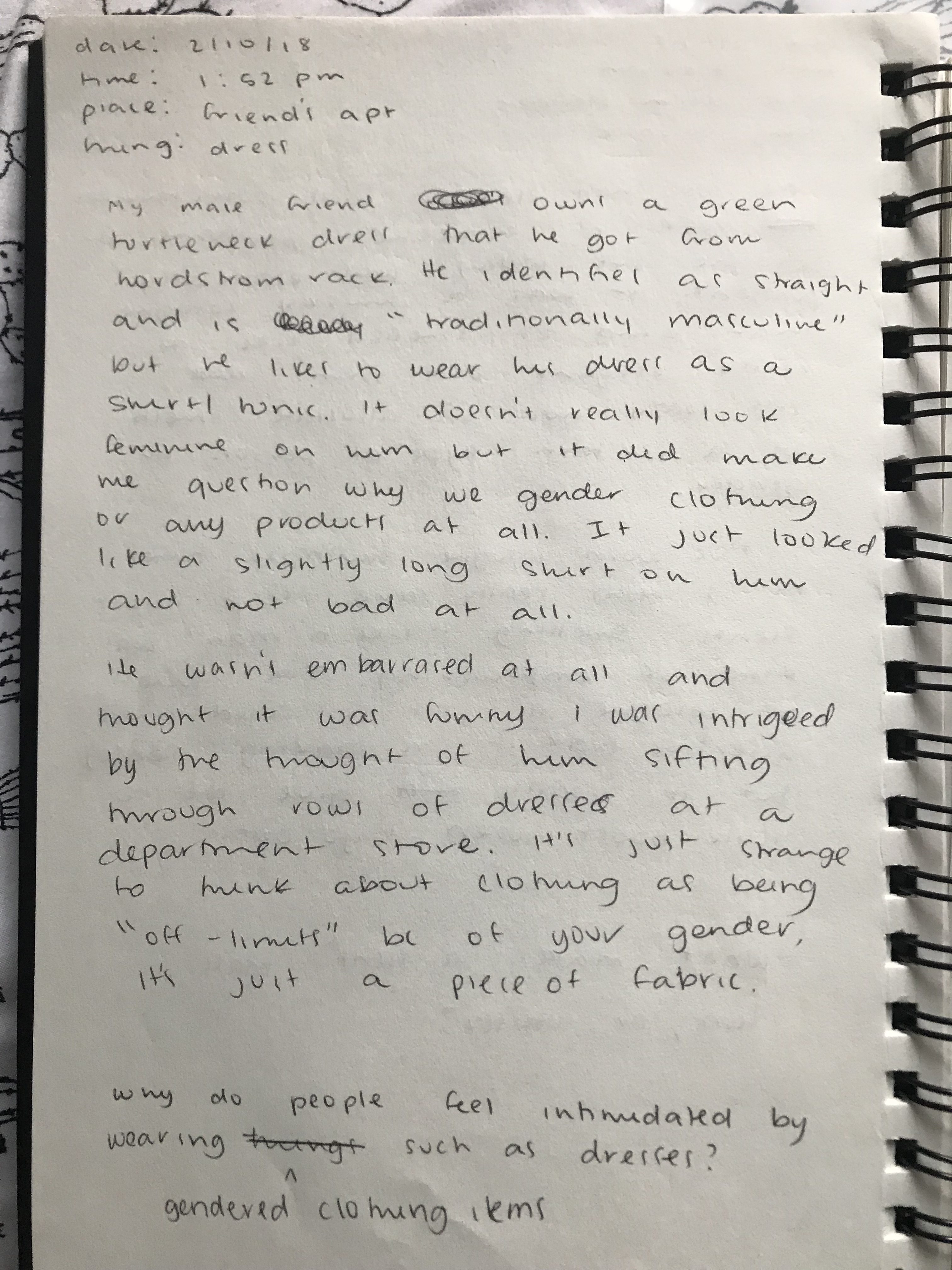
Bridge 3 :

Bridge 4 :
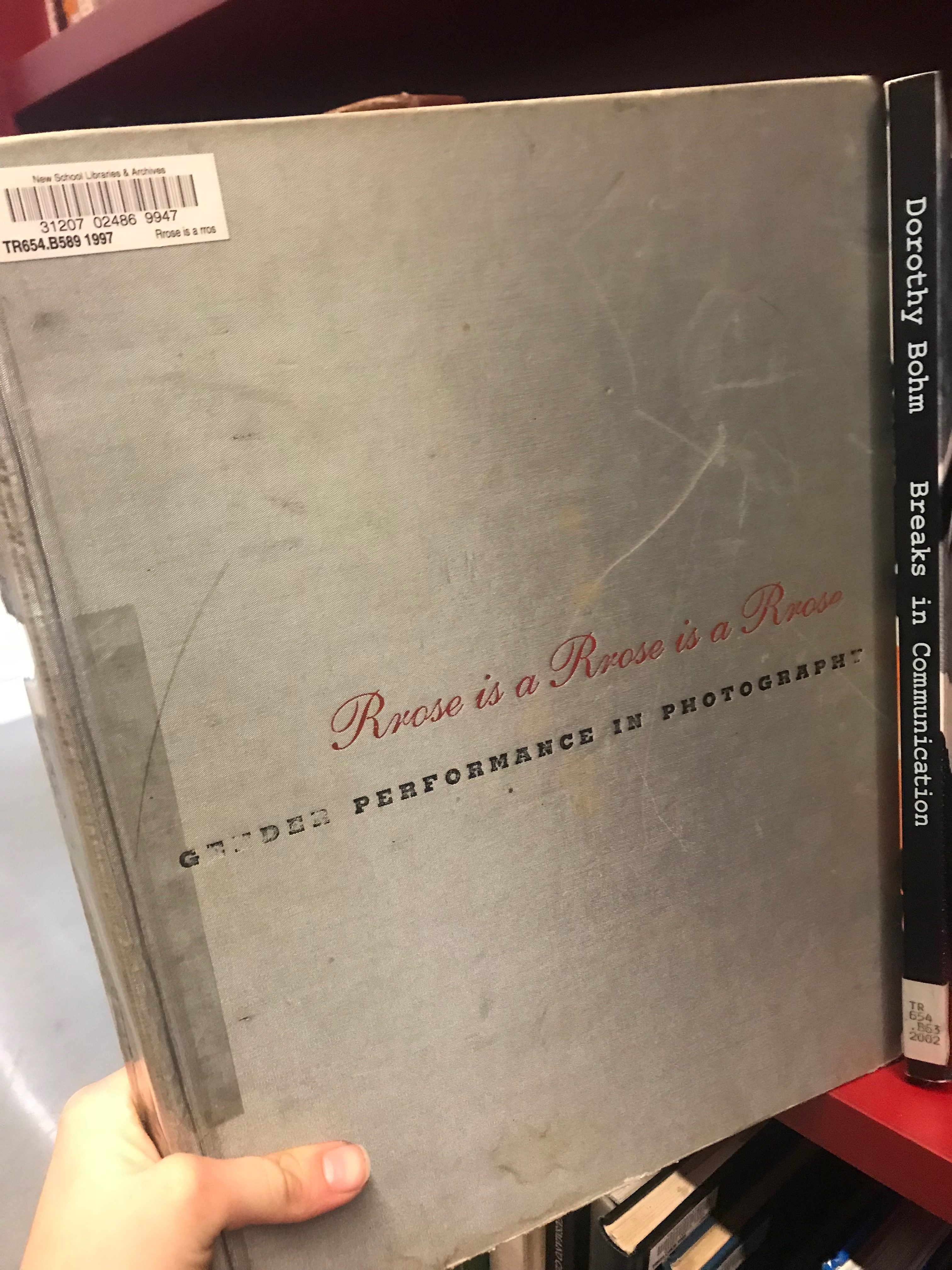
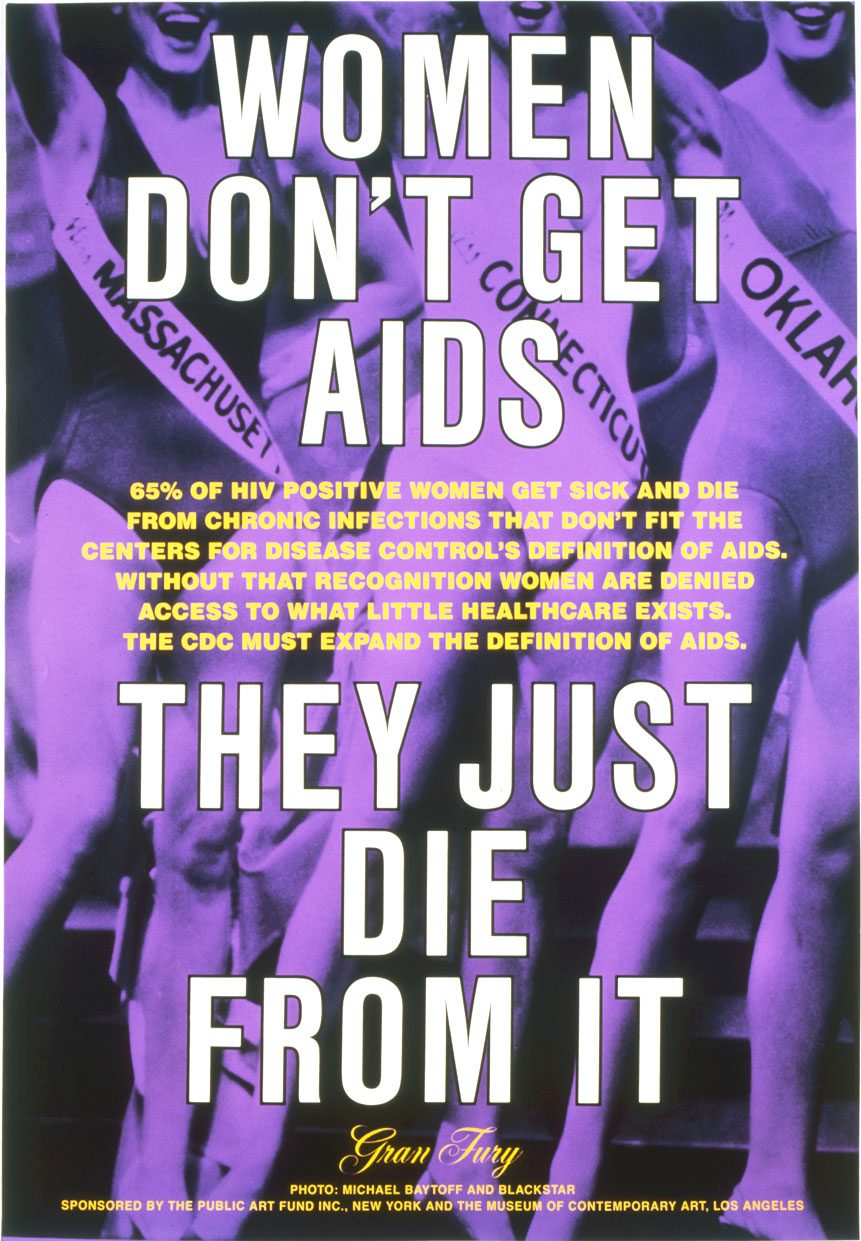
What are the most effective ways to educate those who have strong biases?
Homophobia prevented the government from recognizing AIDS as a serious problem affecting the US population. Had they been more educated or unbiased more research could have been conducted and less lives would have been lost. How can we properly educate others on LGBT issues when they are not willing to learn.
Does education prevent discrimination?
The bus stop’s intent was to raise awareness and address discrimination against gay men and women who had AIDS. The CDC and Reagan Administration approached the epidemic with homophobia instead of true concern for the citizens of the US. Education on LGBT issues should be mandatory and widespread to avoid such events.
Should we focus on educating children on lgtbt issues or their parents who teach them to be homophobic, etc ?
Children are blank canvases and will accept anything as true. Racism, homophobia, transphobia, etc is taught by parents and other authoritative figures so I’m left with a chicken or egg dilemma. How can we effectively teach others who are in those positions.
—
I am scared of being pulled out of Parsons. If I disappoint my professors, I will not receive good grades. If I do not receive good grades, I will disappoint my parents. If I disappoint my parents, I will not be coming back to Parsons next year. My parents hold more control over my future right now than I do. They do not like Parsons or that I am here and if I falter in any way, I am out. My biggest fear is disappointing others.
If I feel like I am about to disappoint someone, I will just avoid them and the entire situation. When I began going through my depressive episode this semester and not doing my work I knew I was going to disappoint disappoint my professors. I avoided speaking during class because they would remember I had not submitted something on Canvas. This has happened before and each time I have done the same routine of avoiding, feeling guilty, and being scared of disappointing my instructors. You would think I would have learned a better way to handle these episodes after each time but I have not. My fear makes me feel guilty about my mental health.
Bridge 5 :
LGBT teens face higher rates of suicide and depression due to discrimination and peer victimization. LGBT history is US History and should be treated as such by including it in school curricula. While LGBT students are provided with representation, aggressors would reconditioned to attack their peers and become self-aware of their toxic behavior. Gender non-conforming teens and other LGBT students are at higher risk of mental illness yet there still remain school boards and government officials that refuse to provide these students with the proper support. LGBT curricula should be introduced into US high schools in an attempt to educate bullies, validate LGBT students, and mitigate bullying.
LGBT teens are targeted at a higher rate by their peers however schools are not being proactive in stopping the harassment. Schools have the potential to create volatile environments that condone bullying and violence. In some cases, staff are the ones that perpetuate the tormenting. Adopted on February 9, 2009, Minnesota’s 11th district Anoka-Hennepin, implemented their “neutral” Sexual Orientation Curriculum Policy in response to a civil case brought on by a student against two staff members. (Fast 2016, p. 63) Alex Merritt, the student, had Diane Cleveland for social studies before lunch and Walter Filson for law enforcement after. In each of their classes, Cleveland and Filson would tease Merritt for being gay or bisexual even though he identified as neither. (Ibid., p. 63) The teachers would spend lunch relaying what the Cleveland had said to Merritt so that the other could pick up where she left off and continue the bullying. (Ibid., p. 63) They worked in tandem everyday to pick on their shared student, his sexuality being the punchline. By behaving this way, the adults in the situation had set an example—Merritt was a punching bag. (Ibid., p. 63) Fast writes that this influenced Merritt’s peers to see him as an outlet for their own shame and soon he began receiving death threats. (Ibid., p. 63) Merritt recalls “random kids” taunting him by telling him “shut up, you queer” and that they were “going to kill [him]” for being “queer.” (Ibid., p. 63) In this context, they used the term queer as a slur to breakdown his self esteem and tear him down. In May of 2008, Merritt’s mother filed a complaint with the Minnesota Department of Civil Rights. Despite the school board’s decision to settle for $25,000, Cleveland was minimally punished and Filson was not reprimanded. (Ibid., p. 63) Staff had created a volatile environment by crossing boundaries and setting an example of ignorance through bullying. Without the proper support from school officials, students are left feeling hopeless.
3.
Bridge 1 :


Bridge 2 :
The diptychs challenged me to explore the connection between hair and gender in materials I had never used before. At times I was having trouble thinking of different concepts I could play with.

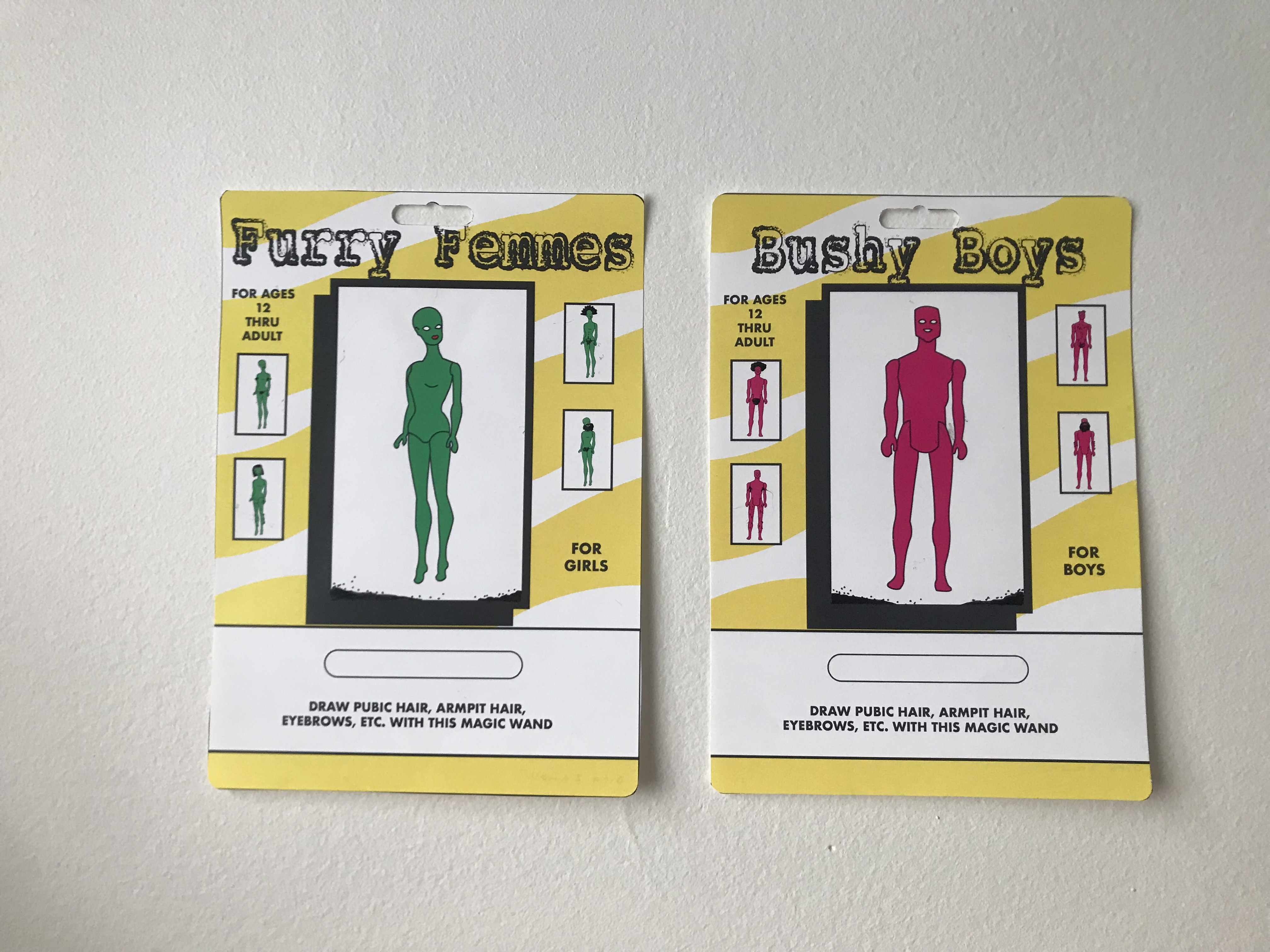

Bridge 3 :
For my taxonomy I focused on gendered objects and their relation to the subjects gender. I cataloged all the objects I associate with myself and how I identify.
Bridge 4 :
Gran Fury is a collective that is committed to addressing the AIDS crisis through public art projects. The piece Women Don’t Get AIDS is a large purple print of US beauty queens with the text “WOMEN DON’T GET AIDS, THEY JUST DIE FROM IT” and “65% OF HIV POSITIVE WOMEN GET SICK AND DIE FROM CHRONIC INFECTIONS THAT DON’T FIT THE CENTER FOR DISEASE CONTROL’S DEFINITION OF AIDS WITHOUT THAT RECOGNITION WOMEN ARE DENIED ACCESS TO WHAT LITTLE HEALTHCARE EXISTS. THE CDC MUST EXPAND THE DEFINITION OF AIDS.” The first quote is printed in white along the top and bottom with the second quote printed smaller and in orange along the middle. The artist’s “name” and sponsorship info is printed along the bottom in orange. The large white text stands out the most with the middle text, containing the context for the work, becomes more apparent upon closer inspection. My initial impression was confused as I read “WOMEN DON’T GET AIDS.” It was not until I read the middle text that the piece’s intent became clear to me. The artists pull the audience in with a controversial phrase that stands out from afar. It is not until the viewer comes in closer, curious about what the phrase means, that they are presented with the context and its severity.
The piece is made from standard print materials for advertisements because it was designed as an ad for bus shelters. Fury wanted to confront the CDC and the Reagan administration’s refusal of recognizing that AIDS did not just affect gay men or intravenous drug users. By putting their piece out in public they ensured that the day to day person would see it and it would spread the truth among communities.
Bridge 5 :
4.
The book A Rrose is a Rrose is a Rrose was my greatest form of inspiration this semester. Inside were pieces that explored sexuality and gender expression through photography. I was most notably struck by the following pieces.

These integrated courses have taught me to be more diligent with my research with a focus on what I want to learn and share with others. McLuhan introduced me to a more conceptually sound practice of making art where content and materiality work to convey a fully fleshed out piece. Answering questions about questions left me frustrated at times but resulted in a more honed-in and concentrated final piece.
